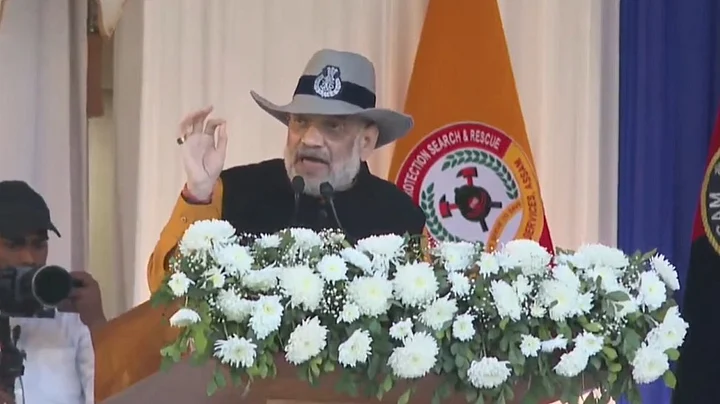Union Home Minister Amit Shah on Saturday, 20 January, announced that the Narendra Modi-led central government would fence the Myanmar border, restricting free movement into India.
He made this statement at the passing out parade of the Assam Police commandos in Guwahati on Saturday.
"Our boundary with Myanmar, which is porous, will be protected. This is a decision taken by the Narendra Modi government. The Free Movement Regime along the India-Myanmar border will be reconsidered and we will restrict free entry," the home minister said.
The development comes at a time when hundreds of Myanmar soldiers were said to have crossed over to India over the past few months amid ethnic clashes in their home country, as per reports.
What is the Free Movement Regime? India's international boundary with Myanmar is around 1,600 km long. The Free Movement Regime implemented by the Narendra Modi government in 2018 with the Burmese government allowed unhindered movement by people up to 16 kilometres on both sides.
Besides encouraging more interaction between the same ethnic communities living along the Indo-Myanmar border, it was also implemented with the hope of boosting India's ambitious Act East Policy. India's eastern corridor, incidentally, is the only border through which overland trade is feasible, and the government wants a slice of the Southeast Asian markets that are currently dominated by China.
However, the government's policy reversal stems from its desire to stop three things, namely illegal immigration, insurgents in the northeast using Myanmar as a safe haven, and the inflow of drugs.
You can read more about this here.
(At The Quint, we question everything. Play an active role in shaping our journalism by becoming a member today.)
